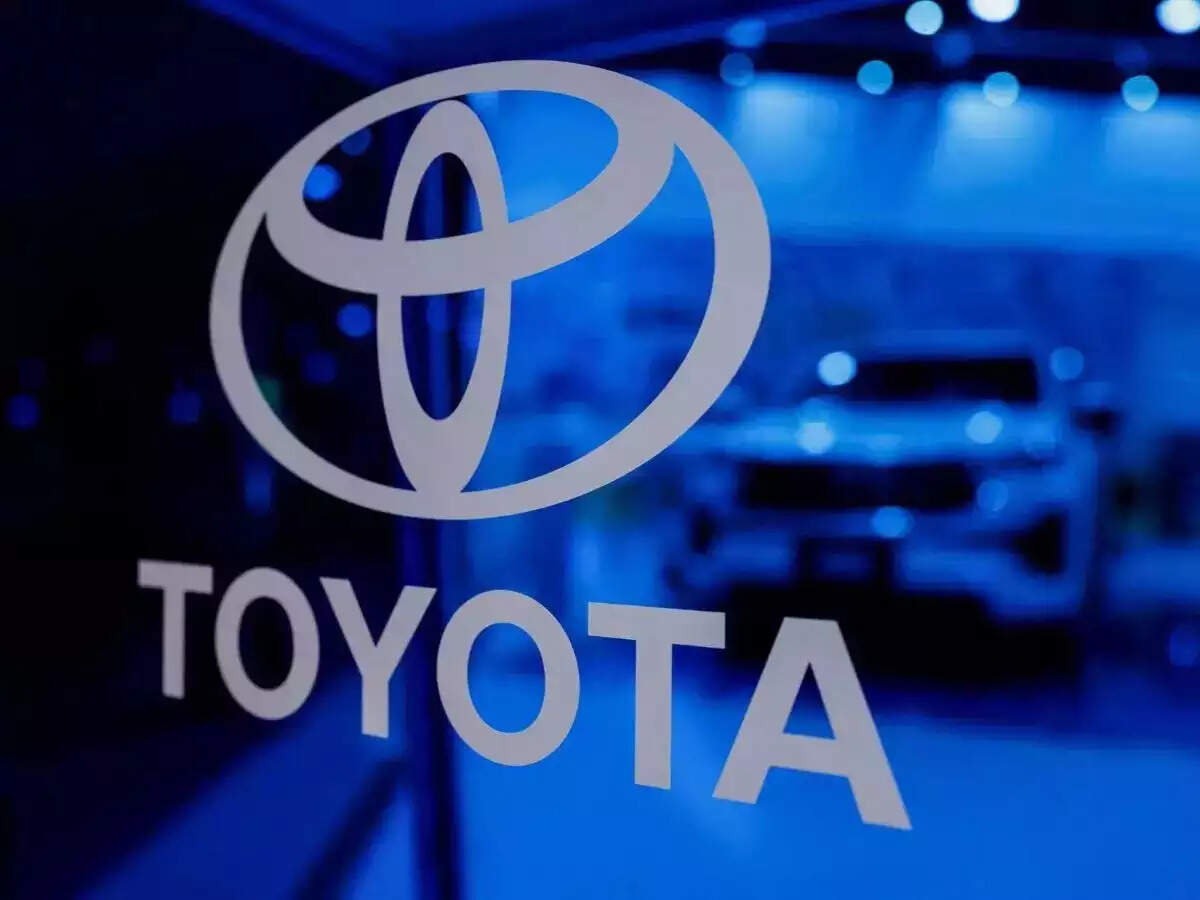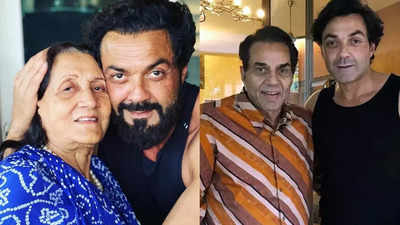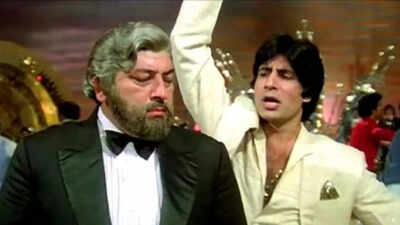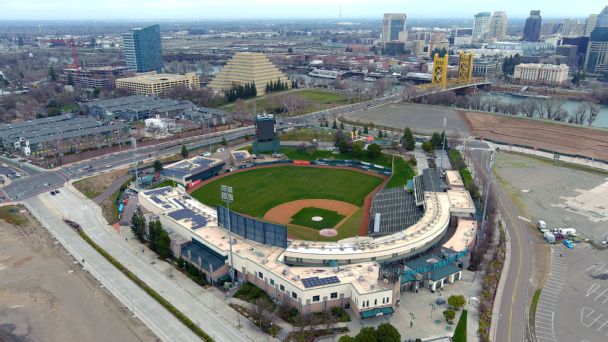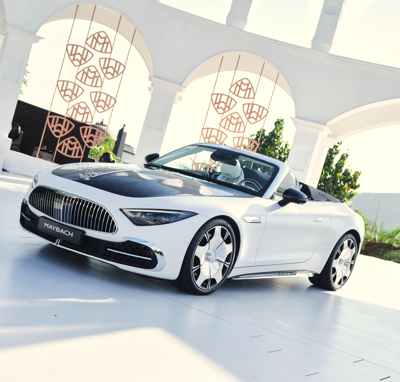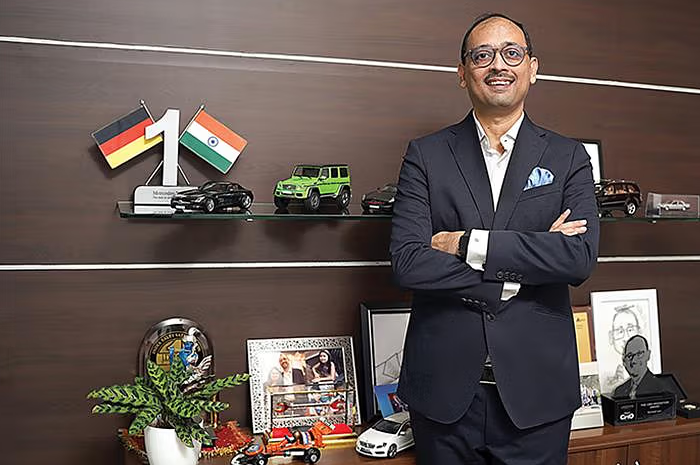 Santosh Iyer, MD & CEO, Mercedes Benz India
Santosh Iyer, MD & CEO, Mercedes Benz India Santosh Iyer does a little number crunching to explain how brand Mercedes has grown by leaps and bounds in India’s luxury car space.
“Our first 50,000 units came in the first 20 years of our tenure while the last 150,000 units were generated in the last decade. Of this, 100,000 units have come in the last six years alone which include the challenging period of COVID,” the Managing Director and CEO of Mercedes-Benz India Customs an Auto.
The German luxury carmaker has been in this country for around three decades now and is seeing a growth spurt that has not been witnessed in recent times. In fact, this had prompted one of Iyer’s predecessors to remark there was some kind of “holding back kind of sentiment” when it came to luxury car buying in India.
“It is no longer about ostentatious spending and I believe from past experience that once you reach a certain threshold of volumes, it is normal to see more luxury cars on the roads,” he had said some years ago.
This is clearly happening now with Indians loosening their purse strings a lot more readily and not being remotely embarrassed about splurging on luxury items be it cars, weddings or designer clothes. Iyer is clearly delighted with this change in attitude but would still rather take one step at a time and not get carried away.
Right timing is key
“At Mercedes, we have a term called strategic patience for a strategic market like India. We need to wait for the right timing.. we have been in India for over 30 years and have done two lakh cars. This is now the point of stability which we call the year of consolidation,” he says.
More than the volumes, it is the changing value quotient that is music to the carmaker’s ears. There was a time during this long India tenure when its average selling price was in the range of ₹35-40 lakh, going up to ₹60 lakh just before COVID. “Today we are ₹95 lakh which is a huge change,” says Iyer.
Hence, one does not get the complete story by looking at volumes alone but “if you look at value too, the growth is exponential”. That, he continues, is great news especially when the entry category which is relatively more affordable, takes up only 10% of the portfolio.
“India used to consume cars at more entry-level price points but today Mercedes is half of the luxury car market and 10% of our sales are entry. The balance is coming from ultra-luxury or luxury which augurs well. We would like to focus here as part of the strategy,” says Iyer.
Luxury tailwinds
What explains this boom in luxury buying especially in recent years? One, there is a growing affluent class which is keen on acquiring top end brands. Two, the post-GST era has led to proper record keeping in books where customers can buy a car and get credit as well.
Three, road infrastructure has also changed a lot from the days when they were a nightmare to drive on or just plain inadequate from an overall network point of view. “Today, customers are pleased with national highways and intercity networks which means safety becomes important at high speeds and hence more reason to buy the right car,” says Iyer.
Another important factor driving the luxury sentiment can be traced to the “changing cultural aspect” over a decade with youth power now spearheading the process. “Younger Indians studying or working abroad are now experiencing a different lifestyle. When they return to India. they would like to extend the luxury life to cars, watches and bags,” he adds.
Finally, the Mercedes D2C (direct-to-consumer) business model has been a big boost with the changing in retailing model within the luxury segment. There is no haggling with pricing now standardised which means that the premium value quotient stays intact.
 Santosh Iyer, CEO & MD, Mercedes-Benz India and Daniel Lescow, Head of Mercedes-Maybach launching Mercedes-Maybach SL 680 Monogram Series in India
Santosh Iyer, CEO & MD, Mercedes-Benz India and Daniel Lescow, Head of Mercedes-Maybach launching Mercedes-Maybach SL 680 Monogram Series in IndiaIndia in luxury wave
All these ingredients when put together explain why luxury consumption is growing in India. And it is not as if this is confined to cars alone since it extends to a host of other consumption points. The other myth is about southern India being more conservative with its buying of luxury goods.
“Sure, there are still some aspects of conservationism which persist but that is changing rapidly too. I was in Chennai and Kochi recently and the kind of spending I saw was unheard of earlier,” says Iyer.
People have made their money and now “want to spend liberally” on the good things in life. The south is also keen on luxury and its penetration is high in big cities whose residents are spending on holidays, clothes, cars, homes etc.
According to him, there are two types of luxury customers — one is the luxury dweller who is well versed about brands, consumption and trends. Then you have the new entrants to luxury whose consumption behaviour is different and they go with the prevailing trends.
“More than 60% of our buyers are luxury dwellers and not first-time buyers. They are really sophisticated and have driven these cars overseas,” he says.
Brand desirability
As Iyer puts it, the Mercedes-Benz positioning is about strong brand desirability among target groups like MSMEs, real estate, corporates etc. The real estate segment, for instance, goes in more for SUVs while corporates opt for sedans, a segment that does not have the same halo of yesteryear but in which Merc still has a 45% share.
“Every childhood dream is about ownership of the three-pointed star and I keep telling my team we are just the brand custodians and must pass this on to the next generation. This is a 140-year-old brand and we must be sensitive to its legacy. We are not chasing volumes but customer experience where volume is an outcome,” says Iyer.
From his point of view, as long as “we are able to explain to our colleagues” what is happening in the market along with responsible execution of our strategy and brand, there will be enough confidence to do things the right way.
“We are patient and there is no scramble for market share since we have been ahead (of competition) for a decade anyway. That is not the core key performance indicator,” he reiterates.
More importantly, Mercedes’ dealers are profitable too thanks to the business model which has exclusive pillars.
Total commitment
While preowned accounts for 20% of sales, what the company has done is to ensure “complete dedication” for its three verticals. The sales business should generate profitability by itself while the after sales and preowned businesses are separate.
Traditionally, in the Indian automotive industry, the after sales and preowned businesses fund the sales business. The sales business is seldom profitable and it quite naturally creates a tendency among retailers to make money on customer service which is a “flawed” premise to begin with.
“This is because you are trying to make money when the car is coming for service or in a used car with little transparency in pricing,” says Iyer. In the case of Mercedes, these are independent verticals where used cars are operated by dealers independently.
After sales is also independent with the new car business now operating under the D2C franchising model. Being profitable in all three verticals gives retailers an independent focus to grow and “do justice to the customer”.
FTA benefits
The European Union and India have been in talks for free trade agreements which the Mercedes-Benz India CEO believes is a welcome move since it will open up borders and allow market access. “This is the right way to grow and the Indian manufacturing ecosystem is also quite capable of exporting and accessing new geographies,” he says.
The business of retailing luxury cars is based on economy and sentiment since luxury is a sentiment-driven purchase. “If the economy does well and sentiments are positive, our business will do well. FTAs will help the overall ecosystem, open new opportunities, reduce complexities and allow India to access newer markets,” adds Iyer.
Even while the country is seeing a spurt in luxury cars, its numbers are still minuscule compared to China which accounts for sales of 700,000 Mercs annually. Iyer, however, is not deterred by this reality and is confident that the journey has just begun.
“We were the first to do the D2C model and have lots to offer in terms of competencies. It is my view that we should focus on the right business model and cater to customers well. We are in a good spot right now,” he says.
Maybach allure
The company recently unveiled Mercedes-Maybach SL 680 Monogram Series at a glittering event in Udaipur. The brand went through two stages in India: one during the 1930s and prior to Independence with the Maharajahs buying these cars, and then in 2015 with the localisation of the S-Class Maybach.
“Since then, the brand has grown in stature in India. At one point, we were among the top 10 markets and are going up the ladder rapidly,” says Iyer. In the ultra luxury space, Maybach remains “highly aspirational and desirable” with the EQS electrified version receiving a good response too.
The SL 680 MB is a roadster format whose deliveries will begin in early Q1 of 2026. Right now, there are merely three cars allocated to India but “we see massive demand” going by the number of customers who had flown in for the event.
“The moment we said three cars, it was disappointing for many and the good part is that we could get more. The cars will come next year and we are quite positive about the brand. The SL 680 represents a big step forward for us,” declares Iyer. It will be retailed at ₹ 4.2 crore.






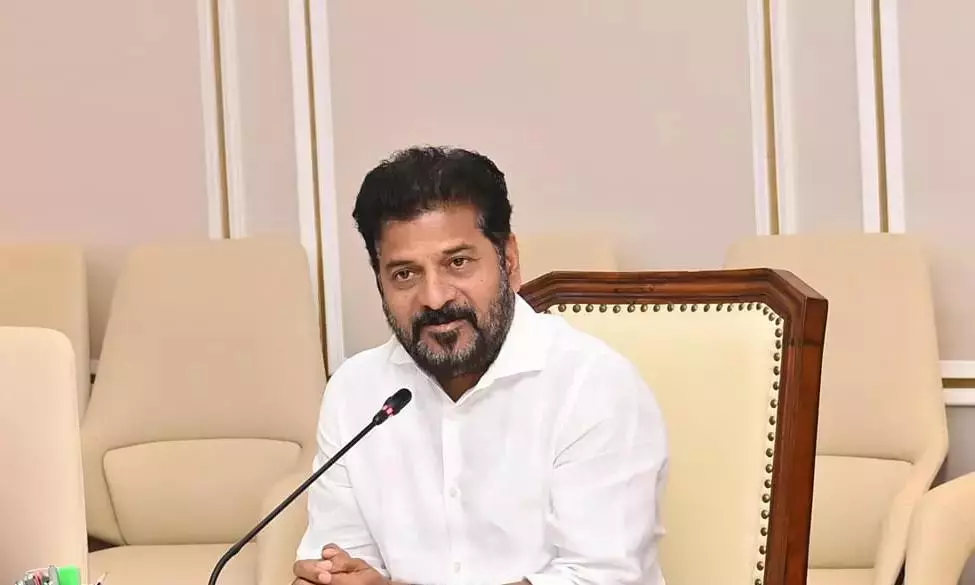





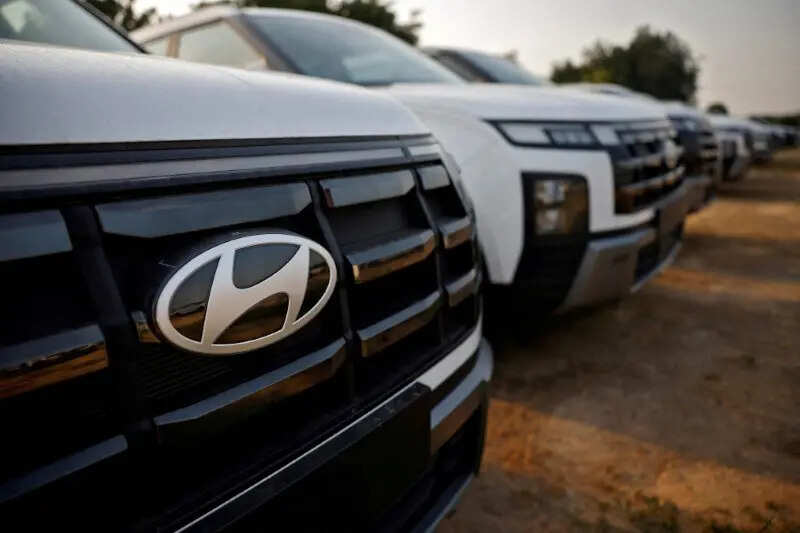


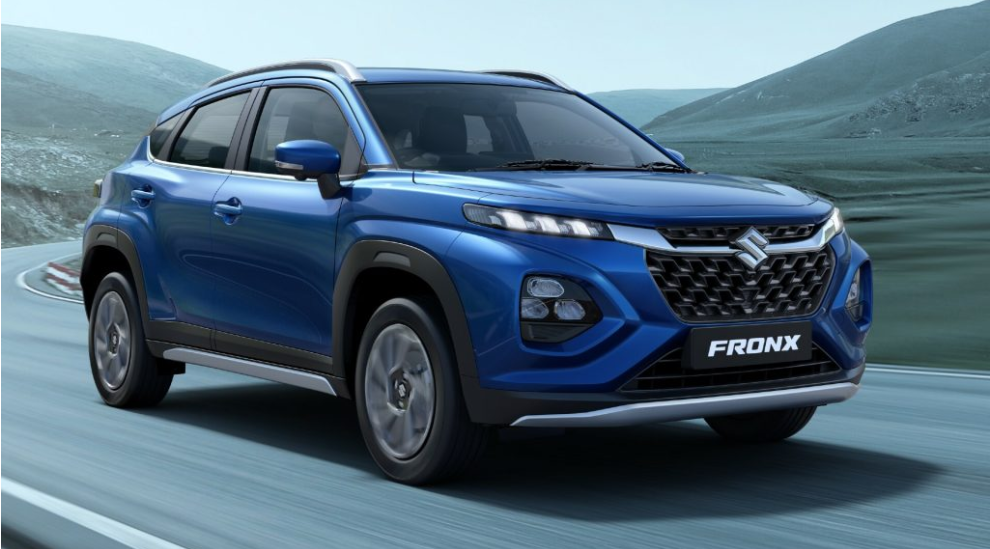
.jpg&c=0&w=700)

